Magical Cilantro Growth: A Comprehensive Guide to Hydroponic Cultivation
Table of Contents
Magical Cilantro Growth: Troubleshooting Common Issues in Hydroponic Cilantro Growth
Hydroponic cilantro growth can be a rewarding and efficient way to cultivate this fragrant herb, but like any form of hydroponics, it requires careful management of nutrient balance. When troubleshooting common issues in hydroponic cilantro growth, it is important to understand that nutrient imbalances can lead to stunted growth, nutrient deficiencies, or even plant death. To ensure optimal growth and health, it is essential to monitor the nutrient solution and make adjustments when necessary.
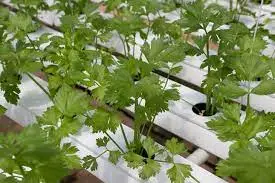
One common issue that gardeners encounter is nutrient deficiency. Cilantro requires a balanced mix of macronutrients, such as nitrogen, phosphorus, and potassium, as well as micronutrients like iron, zinc, and manganese. If any of these essential nutrients are lacking in the nutrient solution, the cilantro plants may exhibit signs of deficiency, such as yellowing leaves, poor growth, or weak stems. Regularly testing the nutrient solution and adjusting the nutrient levels accordingly can help prevent deficiencies and promote healthy cilantro growth.

On the other hand, nutrient excess can also be problematic. Overfeeding cilantro with excessive amounts of nutrients can lead to nutrient toxicities, which can stunt growth and cause leaf discoloration. Monitoring the electrical conductivity (EC) and pH levels of the nutrient solution is crucial in preventing nutrient excess. High EC levels indicate a buildup of salts in the solution, while incorrect pH levels can impede nutrient uptake. Regularly flushing the system with fresh water and adjusting the nutrient levels can help maintain a healthy nutrient balance for optimal cilantro growth.
In conclusion, managing nutrient balance is essential for troubleshooting common issues in hydroponic cilantro growth. By monitoring the nutrient solution, adjusting nutrient levels, and maintaining optimal EC and pH levels, gardeners can ensure healthy growth and abundant yields of this versatile herb.
This table summarizes common issues encountered during hydroponic cilantro growth, along with possible solutions:
| Issue | Description | Possible Solutions |
| 1. Powdery Mildew | White powder coating on leaves resembling dew. | Remove affected leaves promptly to prevent spread. |
| 2. Bacterial Leaf Spot | Black corner dots on leaves. | Dispose of diseased leaves to prevent further contamination. |
| 3. Leggy Seedlings | Seedlings become leggy due to lack of sunlight. | Use more powerful grow lights or position seedlings closer to the light source. |
Remember that maintaining proper environmental conditions, nutrient levels, and hygiene in your hydroponic system is crucial for successful cilantro growth.
Pruning and Harvesting Cilantro in a Hydropon
Cilantro is a popular herb used in various culinary dishes, and its inclusion in hydroponic gardens allows for year-round cultivation. Pruning plays a crucial role in maintaining the health and productivity of cilantro plants in this system. Regular pruning helps stimulate new growth and prevents plants from becoming leggy or overcrowded.

When pruning cilantro in a hydroponic setup, it is important to start by identifying any yellowing or damaged leaves. These should be carefully removed using clean scissors or pruning shears. This not only improves the overall appearance of the plant but also eliminates potential sites for pests and diseases to thrive. Additionally, pruning should focus on removing any excessively long stems or branches, as this helps maintain a compact and bushy shape for the cilantro plant.
To Know More About The Growth Of Cilantro, Watch This Video.
How often should I prune cilantro in a hydroponic system?
It is recommended to prune cilantro in a hydroponic system regularly, about once every 1-2 weeks, to promote healthy growth and prevent bolting.
Can I harvest cilantro leaves and stems individually or should I cut the entire plant?
You can choose to harvest cilantro leaves and stems individually or cut the entire plant, depending on your preference. Harvesting individual leaves and stems allows the plant to continue growing, while cutting the entire plant provides a larger harvest at once.
Can I use the pruned cilantro stems for cooking?
Yes, cilantro stems are also edible and can be used in cooking. They have a slightly milder flavor compared to the leaves and can be added to soups, stews, or stir-fries.
How can I ensure the nutrient balance in my hydroponic cilantro system?
To maintain a proper nutrient balance, regularly monitor the pH and nutrient levels in the hydroponic solution. Adjust the nutrient solution as needed by adding appropriate hydroponic fertilizers to meet the cilantro’s nutritional requirements.
What are common nutrient-related issues in hydroponic cilantro growth?
Common nutrient-related issues in hydroponic cilantro growth include nutrient deficiencies (such as nitrogen, phosphorus, or potassium deficiencies), nutrient imbalances, and nutrient lockouts. Proper monitoring and adjustment of the nutrient solution can help prevent these issues.
How can I troubleshoot nutrient-related issues in hydroponic cilantro growth?
If you notice nutrient-related issues in hydroponic cilantro growth, first check the pH and nutrient levels of the solution. Adjust the pH if necessary and consider adding specific nutrients to address deficiencies or imbalances. It’s also important to ensure the cilantro roots have proper aeration and are not overcrowded.
Can I reuse the nutrient solution after pruning and harvesting cilantro?
It is generally not recommended to reuse the nutrient solution after pruning and harvesting cilantro as the solution may have become imbalanced or depleted of essential nutrients. It is best to replace the nutrient solution with a fresh batch for optimal plant health.
How long does it take for cilantro to regrow after pruning?
After pruning cilantro, it typically takes around 2-3 weeks for the plant to regrow and produce new leaves and stems. Providing optimal growing conditions, such as proper lighting and nutrient balance, can help expedite regrowth.
Can cilantro be grown hydroponically year-round?
Yes, cilantro can be grown hydroponically year-round, as long as the proper growing conditions, such as temperature and lighting, are maintained. This allows for a continuous harvest of fresh cilantro regardless of the season.
Are there any common pests or diseases that affect hydroponic cilantro?
While hydroponic systems can help minimize pest and disease issues, common pests that may affect hydroponic cilantro include aphids, spider mites, and whiteflies. Good hygiene practices and regular monitoring can help prevent and manage these issues effectively.

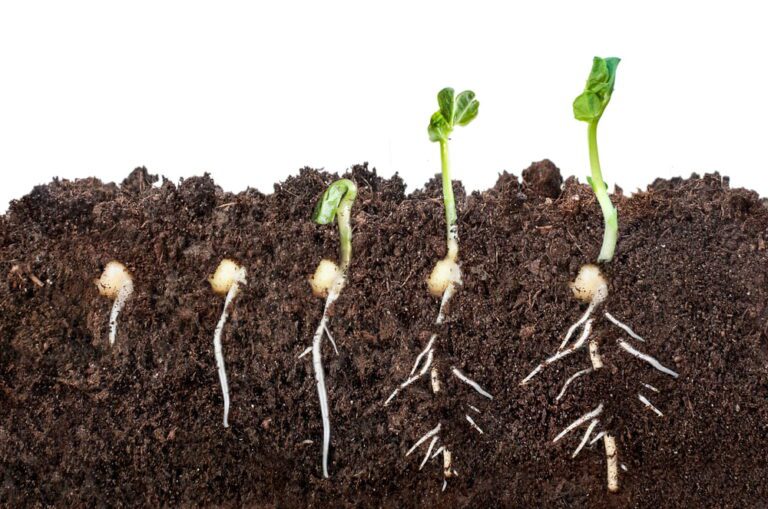
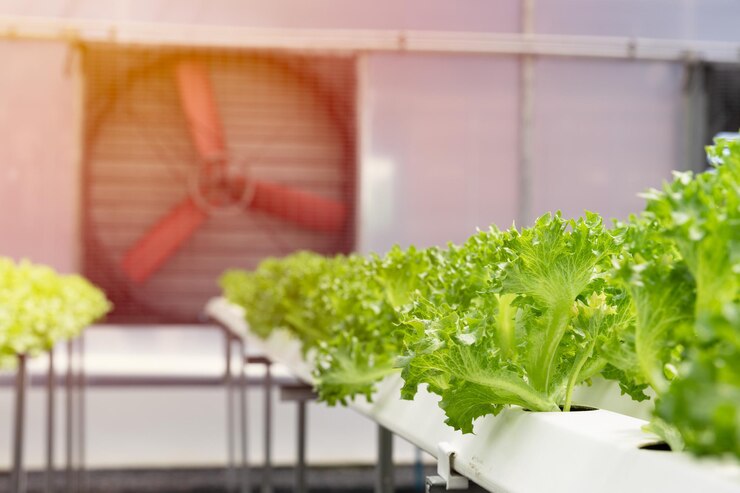
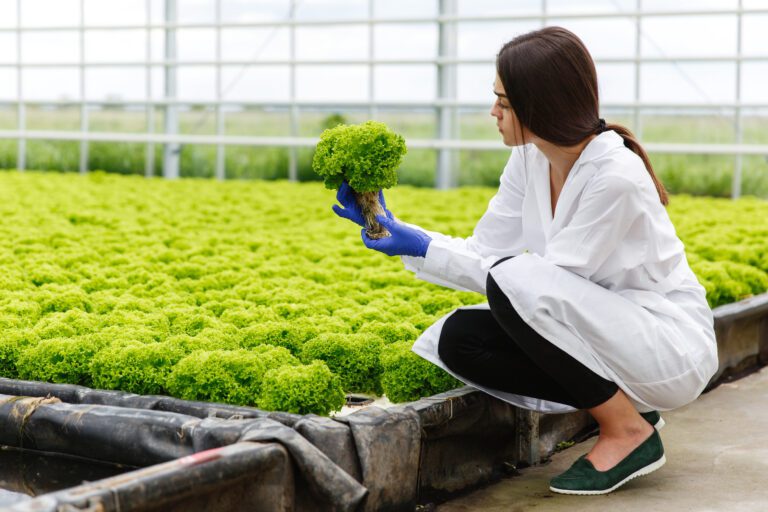
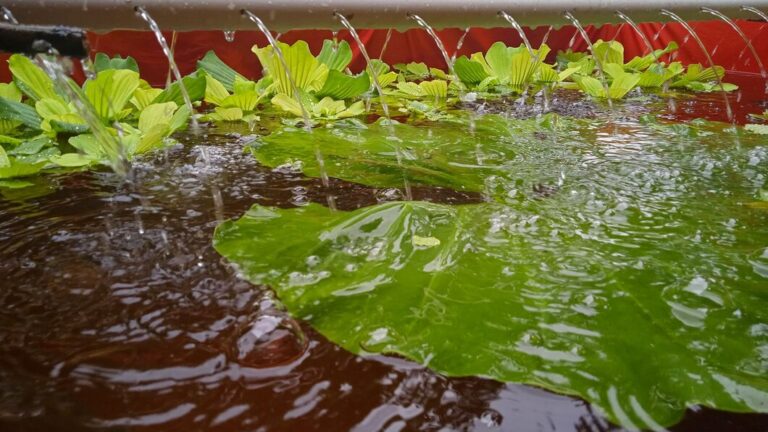
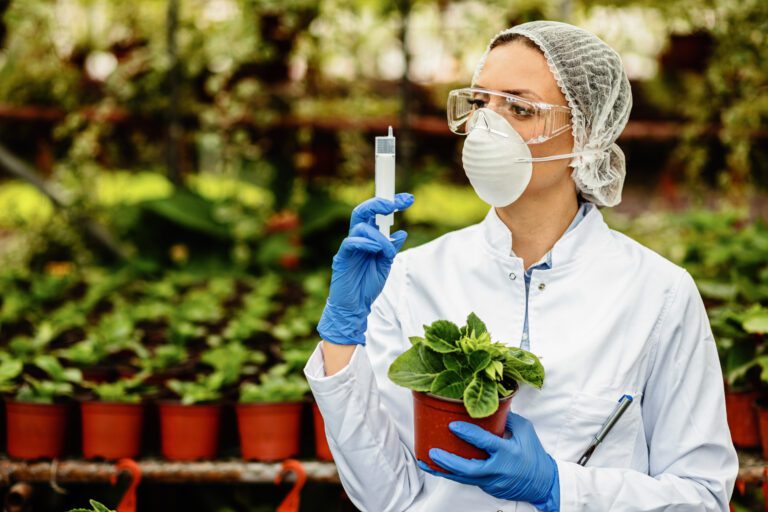
Как сделать эксплейнер продающим: Техники увеличения конверсии
объясняющее видео [url=xplainervideo.ru]xplainervideo.ru[/url] .
оборудование конференц залов [url=https://oborudovanie-konferenc-zalov11.ru/]оборудование конференц залов[/url] .
[b]Здравствуйте[/b]!
Хочу поделиться своим опытом по заказу аттестата ПТУ. Думал, что это невозможно, и начал искать информацию в интернете по теме: купить диплом высшее, купить диплом в новокуйбышевске, где купить диплом, купить диплом старого образца, купить диплом электромонтажника. Постепенно углубляясь в тему, нашел отличный ресурс здесь: https://tokemonkey.com/read-blog/171427
http://avtobestnews.ru/kupit-diplom-14
http://appleincub.ru/kupit-diplom-s-garantiey-proverennyie-sposobyi
https://sklad-slabov.ru/forum/user/7142/
http://suhinfo.ru/index.php/???_?_???_??????_??????_?_?????????_???????
и остался очень доволен!
Теперь у меня есть диплом сварщика о среднем специальном образовании, и я обеспечен на всю жизнь!
Хорошей учебы!
[b]Привет Друзья[/b]!
Всегда думал что купить диплом о высшем образовании это миф и нереально, но все оказалось не так, изначально искал информацию про: купить диплом программиста, купить диплом бухгалтера, купить диплом в асбесте, купить диплом гознак, купить диплом энергетика, потом про дипломы вузов, подробнее здесь https://re-port.ru/users/51822/
Оказалось все возможно, официально со специальными условия по упрощенным программам, так и сделал и теперь у меня есть диплом вуза Москвы нового образца, что советую и вам!
Удачи!
Dermal Fillers for the Modern Age: Innovative Solutions for Aging Skin
dermaheal hsr [url=https://fillers-biorevitalizants1.com/]dermaheal hsr[/url] .
[b]Здравствуйте[/b]!
Задался вопросом: можно ли на самом деле купить диплом государственного образца в Москве? Был приятно удивлен — это реально и легально!
Сначала искал информацию в интернете на тему: купить диплом в ханты-мансийске, купить диплом повара-кондитера, купить диплом в сызрани, купить диплом в ленинск-кузнецком , купить технический диплом и получил базовые знания. В итоге остановился на материале: http://forum.wonaruto.com/redirection.php?redirection=http://originalas-diploms.com/??????-??????-?-???????-???????????
Успешной учебы!